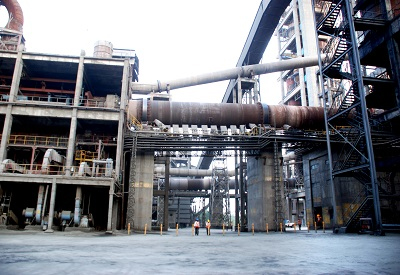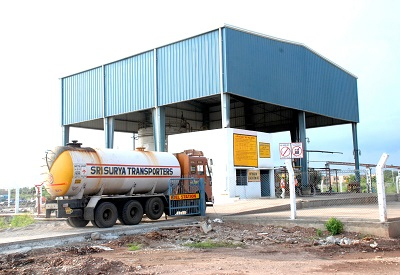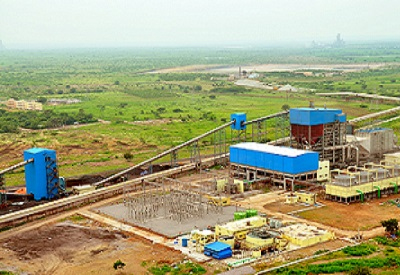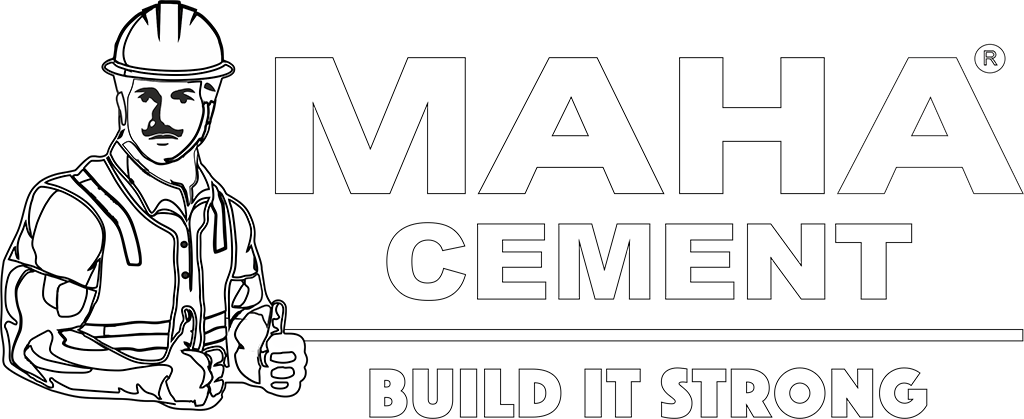
Environmental & Sustainability at Maha Cement
As a leading player in the cement industry, Maha Cement is committed to embedding environmental and sustainability principles into its core operations and business strategy..
Annual Sustainability Report 2024
Environmental Commitment
Maha Cement is dedicated to minimizing its environmental impact through a range of initiatives:
Energy Efficiency
The company utilizes advanced technologies to enhance energy efficiency in production. By incorporating alternative fuels and raw materials, Maha Cement reduces reliance on fossil fuels, leading to lower greenhouse gas emissions.
Water Management
Through rainwater harvesting and wastewater recycling, the company ensures sustainable water use across operations.
Waste Reduction
We are progressing toward our green objective of achieving a 30% Thermal Substitution Rate (TSR) by 2030, focusing on increased use of alternative fuels and raw materials in our cement kilns.
Biodiversity Initiatives
The company engages in afforestation projects and collaborates with communities to restore natural habitats. At our YCW unit, we have developed a small but thriving biodiversity park for butterflies and birds within our mines.
Social Responsibility
Sustainability at Maha Cement goes beyond environmental practices to include social responsibility:
Community Development:
The company invests in local communities by supporting education, healthcare, and infrastructure projects. By actively engaging with communities, Maha Cement addresses their needs and enhances their quality of life.
Employee Welfare
The company ensures a safe working environment and promotes skill development programs that empower the workforce and foster professional growth.
Stakeholder Engagement
Collaborating with stakeholders such as government agencies, NGOs, and industry partners is key to promoting sustainable practices.
Economic Sustainability
Maha Cement believes that sustainability and economic viability go hand in hand. By adopting sustainable practices, the company not only boosts operational efficiency but also strengthens its market position.

50% of the cement produced is of the blended type. This increases the life of the limestone mines, which are limited as well as reduces the carbon dioxide emissions in the world.

MHIPL extensively uses Alternative Fuel so as to reduce the use of fossil non-renewable fuel.

Efficient use of Water: The water collected in the pits formed due to mining activities is efficiently used for the domestic usages by the plant colonies and for gardening.
Conclusion
Maha Cement’s commitment to sustainability is evident in its integrated approach, which balances environmental stewardship, social responsibility, and economic viability. By continuously improving its practices and collaborating with stakeholders, Maha Cement aims to lead the cement industry toward a sustainable future.

